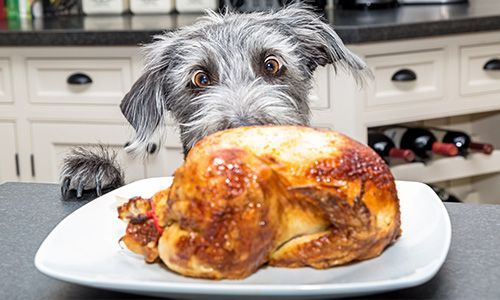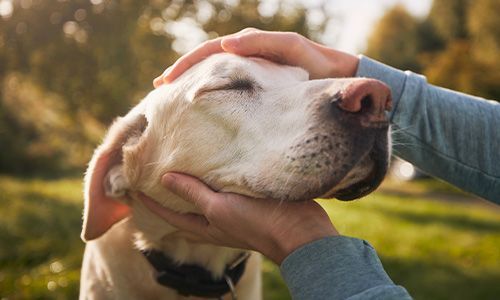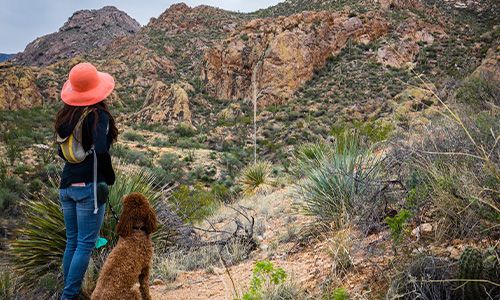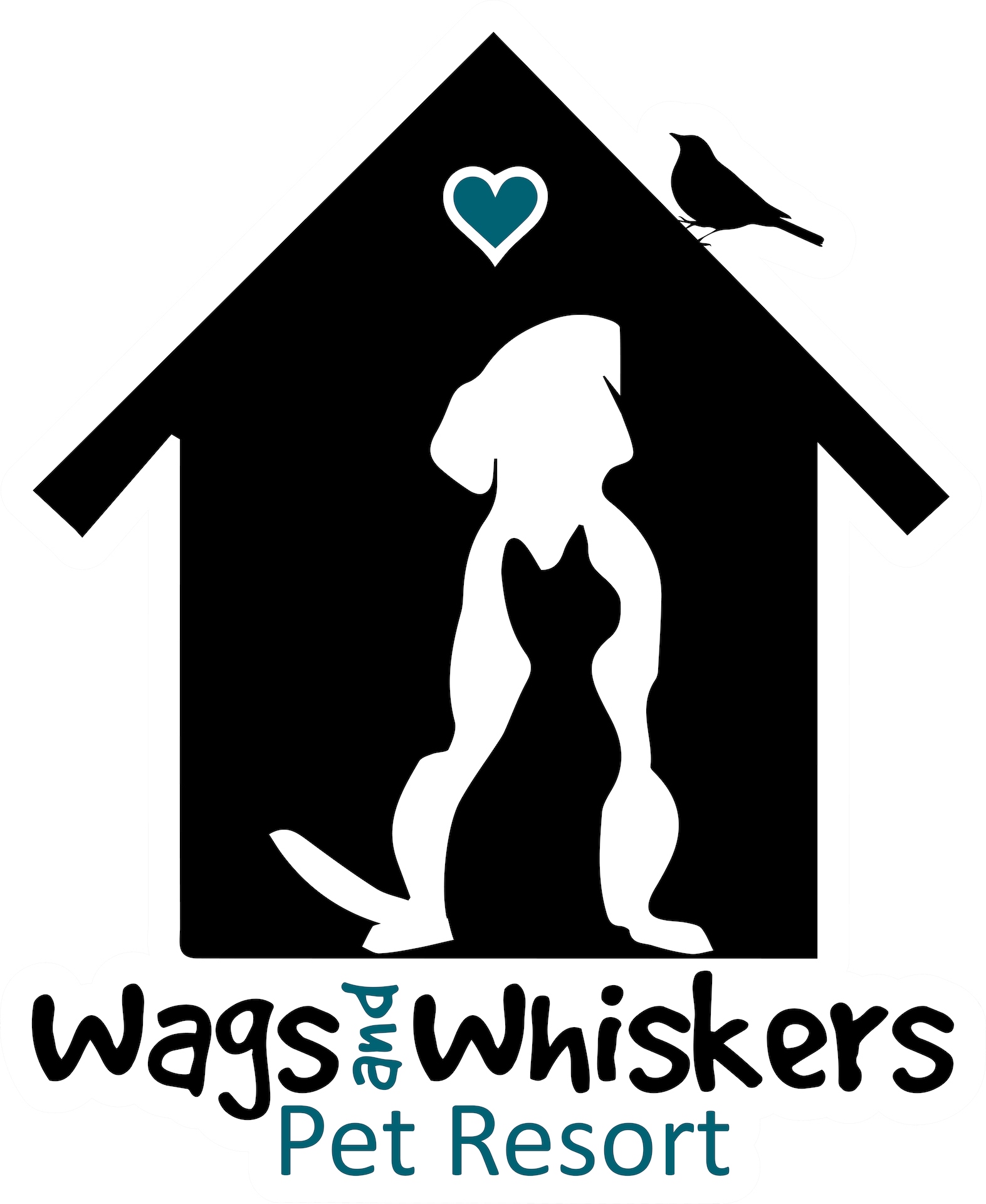Dog Boarding Tips for Anxious Pets
This is a subtitle for your new post
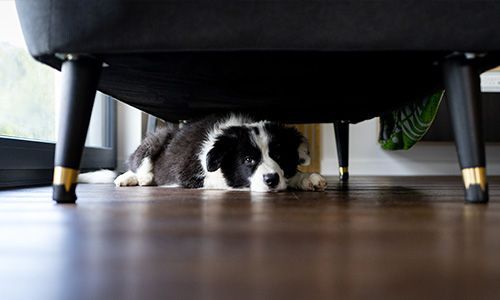
Leaving your beloved dog at a boarding facility can be stressful, especially if your pet is anxious. Many pet owners worry about the quality of care their furry friends will receive. Finding a reliable and safe pet resort is crucial for peace of mind.
Anxious dogs need special attention and a comforting environment. The right boarding facility can make all the difference.
Look for places that offer temperature control and stress-reducing features. These amenities help create a soothing atmosphere for nervous dogs.
Staff trained in CPR and medication administration provide an added layer of security. Knowing your pet is in capable hands eases anxiety for both you and your dog.
This guide will explore essential tips for boarding anxious pets. Discover how to ensure a safe and comfortable experience for your furry family member.
Understanding Dog Anxiety: What Every Pet Owner Should Know
Dog anxiety is a common issue that affects many pets. It can manifest in various ways and impact their daily life. Understanding the root cause of anxiety is crucial for effective management.
Several factors contribute to dog anxiety. These include changes in environment, loud noises, and separation from their owner. Identifying these triggers helps tailor anxiety-reducing strategies.
Symptoms of anxiety can be subtle or pronounced. Watch for signs like excessive barking or trembling. Other indicators might include destructive behavior or frequent pacing.
Here are some common anxiety triggers for dogs:
- Separation from their owner
- Exposure to loud noises or unfamiliar environments
- Previous traumatic experiences
- Lack of socialization during early stages
Understanding your dog's anxiety is the first step in addressing it. Knowledge empowers you to make informed decisions about your pet's care. With patience and proper support, dogs can thrive even in challenging situations.
Signs Your Dog May Be Anxious About Boarding
Recognizing anxiety in dogs is crucial, especially when considering boarding. Anxiety can manifest physically and behaviorally. It's important to observe your dog closely for any signs.
Some dogs exhibit changes in appetite or sleep patterns. Others may become more clingy or withdrawn. These behavioral shifts are key indicators of anxiety.
Here are some specific signs that your dog might be anxious about boarding:
- Refusal to enter the boarding facility
- Excessive panting or drooling
- Increased pacing or restlessness
- Whining or barking excessively
Being aware of these signs allows for timely intervention. Early identification helps in seeking appropriate solutions for your pet's comfort.
Choosing the Right Boarding Facility for Nervous Dogs
Selecting a suitable boarding facility for your anxious dog is essential. First, look for places that offer specialized care for nervous dogs. These facilities often have amenities designed to reduce stress.
Consider facilities that prioritize a low staff-to-pet ratio. This ensures personalized attention for each dog, reducing anxiety triggers. Staff training is also crucial; they should be adept in handling anxious behaviors.
It's important to visit potential facilities. A visit allows you to assess the environment and see if it feels welcoming and calm. Notice if there's a quiet space for dogs that need peace.
Certain features can help ease your dog's anxiety. When searching for a facility, ensure it offers:
- Temperature-controlled spaces
- Stress-reducing audio-visual aids
- Access to outdoor and indoor play areas
- Scheduled one-on-one time with staff
- Veterinary access in emergencies
Finally, take time to read reviews and testimonials from other pet owners. Positive feedback often indicates a well-managed, caring environment. Choose a facility that you feel confident will treat your pet like their own family member.
Essential Features of Safe Pet Boarding for Anxious Dogs
When selecting a boarding facility, ensure it aligns with your anxious dog's needs. Safe pet boarding should prioritize the comfort and security of your pet.
A clean, hygienic environment is crucial. This reduces the risk of illness and provides a comfortable stay. The staff should maintain strict cleanliness standards throughout the facility.
Evaluate the boarding facility's safety measures. Facilities should have secure fencing and climate control to accommodate weather changes. Emergency plans should be clearly defined and include veterinary access.
Look for additional features that offer peace of mind. These may include:
- Certified staff in CPR and medication administration
- Quiet areas designated for relaxation
- Regular monitoring through pet webcams
- Protocols for handling and managing anxiety
- Enrichment activities to stimulate your dog mentally
The facility should also have established feeding and medication administration procedures. Clear plans for meal times can ease anxiety. Following home routines wherever possible is beneficial. In sum, the right features create a holistic, calming environment for your dog.
Preparing Your Anxious Dog for Boarding: Step-by-Step Guide
Proper preparation can alleviate your dog's anxiety about boarding. Familiarizing your pet with the facility is an excellent first step. Schedule a visit ahead of time so your dog can explore the new environment.
Once familiarized, create a trial run. A short stay at the facility helps your dog adjust to being away from home. This helps them view the boarding experience positively.
Communicate regularly with your dog during the trial. Use calming words and positive reinforcement to reassure them. This continued dialogue builds trust and comfort.
Pack familiar items from home to provide additional comfort. Consider including the following:
- Their favorite blanket or toy
- An article of your clothing for your scent
- Familiar treats that your dog loves
These items can significantly reduce stress and help them feel at home.
Ultimately, a gradual, supportive transition to boarding can reduce anxiety. Through deliberate preparation and care, your dog will feel more secure during their stay.
Dog Anxiety Solutions: Calming Techniques and Comfort Items
When it comes to dog anxiety solutions, several techniques can help soothe a nervous pet. Dogs often respond well to calming sounds. Playing relaxing music can ease their stress and create a tranquil atmosphere.
Another effective method involves physical touch. Gentle massages or petting can reassure your pet and make them feel safe. Consistent, calming interactions remind them they're loved and cared for.
Incorporating comfort items from home can also be beneficial. Items that carry your scent, such as a worn T-shirt or blanket, provide a sense of familiarity. Dogs find these scents comforting and it helps them adjust to new environments more easily.
Consider using pheromone diffusers or sprays designed for calming anxious dogs. These products replicate natural dog pheromones that promote relaxation and reduce anxiety. Combining these tools can offer significant relief and create a calmer boarding experience for your pet.
Comfort items and techniques for anxious dogs:
- Soothing music or white noise
- Gentle petting or massages
- Pheromone diffusers
- Familiar-smelling items from home
Communication: Sharing Your Dog’s Needs with Boarding Staff
Effective communication with the boarding staff is crucial. It ensures your pet's needs are understood and met. Share specific details about your dog's anxiety triggers and comfort preferences.
It’s important to mention any medical conditions or medications required. Providing this information helps staff administer care properly and respond to any issues quickly. A detailed profile enables a tailored experience for your pet.
Additionally, outline your dog's daily routine and habits. Discuss playtime preferences and any special treats that comfort your pet. Clear instructions make the transition smoother for both your dog and the staff.
Important information to share with the staff:
- Anxiety triggers and calming routines
- Medical needs and medication schedule
- Daily routine and treat preferences
What to Pack: Must-Have Items for Your Dog’s Stay
Packing familiar items can greatly ease your dog's anxiety. The right items can provide comfort and a sense of security. This helps your pet feel at home even while you're away.
Include your dog’s favorite blanket or toy. These familiar scents can be incredibly soothing. Don't forget their usual food to maintain dietary consistency. Packing comforting items makes the stay more enjoyable.
Essential items to pack for your dog:
- Favorite blanket or toy
- Regular food and treats
- Copies of medical records
During the Stay: How to Monitor and Support Your Dog Remotely
Staying connected with your dog during their boarding stay can ease your worries. Many facilities now offer tech-savvy solutions to help monitor your pet. Remote monitoring provides reassurance and allows you to check in anytime.
Communicating with the boarding staff is equally important. Frequent updates about your dog's behavior can reduce anxiety for both of you. Such updates offer insights into your dog's well-being and daily activities.
Ways to monitor and support your dog remotely:
- Use pet webcams for live video
- Request regular updates from staff
- Utilize pet-themed apps for communication
After Boarding: Helping Your Dog Readjust at Home
Returning home after boarding can be a transition for your dog. Reestablishing familiar routines helps them settle in quickly. Stability is key to easing their adjustment and reassuring your pet.
Observe your dog's behavior for any signs of stress or anxiety. Calmly addressing these will aid in their readjustment to home life. Encouraging relaxation and comfort is beneficial.
Tips to help your dog readjust:
- Reintroduce their daily routine
- Provide extra affection and attention
- Encourage playtime and exercise
Frequently Asked Questions About Dog Boarding for Anxious Pets
Pet owners often have questions when it comes to boarding their anxious dogs. Addressing common concerns can ease worries and prepare for a smooth boarding experience. Understanding the process can alleviate apprehensions.
One frequently asked question is about ensuring the safety and comfort of anxious dogs. Many owners ask about the facility's protocols and staff qualifications to manage anxiety. Knowing the answers can bring peace of mind.
Common FAQs include:
- Can I visit the facility before booking?
- How do staff manage dog anxiety?
- What happens if my dog falls ill during the stay?
- Are there personalized care options for anxious dogs?
For more detailed answers, contact the facility directly to discuss your specific concerns and needs.
Final Thoughts: Peace of Mind for You and Comfort for Your Dog
Finding a suitable boarding facility can transform the boarding experience for both you and your dog. By focusing on your pet's unique needs and preferences, you ensure their comfort and well-being.
Always prioritize communication with the boarding staff. This builds trust and ensures that your dog receives the care they deserve. With the right preparation and support, both you and your beloved pet can enjoy a stress-free experience. This leads to a harmonious outcome for all involved.



